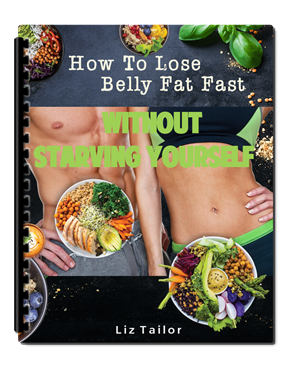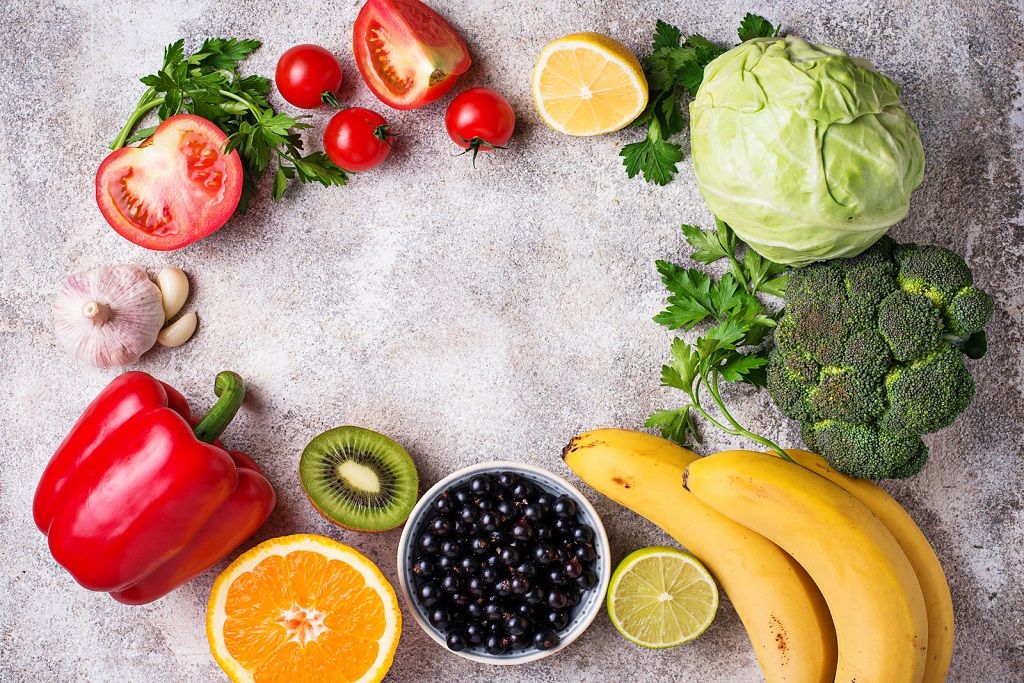The biggest reason that prevents people from eating healthy is the cost of food. No one can argue the fact that organic products can be extremely expensive, especially if you’re buying enough to feed multiple people.
Most of the population can’t afford to purchase all organic, because they just don’t have the budget to do so.
For example; let’s say that you’re average monthly grocery bill is around $500 and this feeds 3 people in your household. And this is without buying organic foods.
If you were to transition into purchasing all organic products, your monthly bill could easily more than double to $1000.
This is why most people are priced out of the organic marketplace.
Sure, you can do your best to manage your money by allocating or moving it around and reduce the amount that’s spent on things you do for pleasure such as hobbies, vacations, dinner dates, and fun activities with the family.
This becomes a Financial Balancing Act Nightmare!
As the old saying goes, “Money Doesn’t Grow On Trees.”
So, the next best thing that you can do is get creative with how you budget your grocery budget.
If you find it extremely difficult to eat clean healthy foods due to the oftentimes, higher-priced organic products, you'll find these tips to be just what you need to eat healthy on a budget.
Let’s cover them now…
TIP 1: Eliminating junk food by doing your shopping on your own is the easiest way to shop, as children and sometimes even spouses are usually the ones requesting expensive junk food.
Shopping alone will prevent this, and ensure that you only buy the healthy foods you have on your list.
Another benefit to going shopping by yourself is that you’ll get it done faster due to fewer distractions, which will allow you to remain focused on getting in and getting out, sort of like going on a grocery mission.
TIP 2: Purchase water and/or fresh natural juices instead of soft drinks. You can still enjoy your favorite drinks at a sporting event or on a night out, although you should stick with the smallest size when shopping to save money and calories.
Children and even adults need calcium to maintain healthy bones and teeth. Milk isn’t the only source of calcium, remember your alternatives such as Kale, Broccoli, Bok Choy, and so on...
TIP 3: Buy fruits and veggies in large quantities when they are in season. Then preserve, dehydrate, and freeze any extras. This will allow you to enjoy your favorite produce when they’re out of season.
Usually purchasing any type of food in bulk is less expensive, which gives you more bang for your buck, when compared to buying single items.
TIP 4: Meats are usually the most expensive part of your grocery bill and the cuts are not created equal. You are going to pay more for the lean cuts.
What you could do to save some money is buy in bulk and choose the leanest meats in the less expensive cuts.
We recommend purchasing your meats from the big box stores that require a membership to shop.
Why?
Because the big box stores tend to provide higher quality meats at affordable prices, especially if you’re buying in bulk.
TIP 5: You could use beans as a substitute for meat on occasion. There are several varieties, you can prepare them in a crock pot so that when you return home they are ready to consume.
There is no shortage of bean recipes, so you’ll never get bored.
Beans are an excellent source of complex carbs, protein, and fiber.
The USDA recommends eating beans at least 4 times per week. To avoid gas, you should soak the beans overnight; drain the water, and then refilling right before cooking them.
Substituting beans for meat is one way to not have to purchase so much of it, which will save you money, especially with meat being the bulk of your grocery bill.
TIP 6: If you live in a coastal area or an area where fish are abundant, make them an integral part of your diet. You can catch them from the ocean, lakes, or rivers, which allows you to save money in the process, if you have the time, of course.
Fish tends to be less expensive than red meats, and provides you with natural Omega-3.
TIP 7: Natural peanut butter is great for those on a budget as it's popular with almost everyone. You can use it for sandwiches instead of eating hot dogs. It does need to be refrigerated.
Simply put the peanuts into a blender and blend to the consistency that you prefer (chunky or smooth).
Homemade peanut butter is perfect for healthy snacking…
You can spread it on whole-grain crackers, eat it with celery sticks, make peanut butter and natural jam sandwiches, etc.
Your snacking choices are limited only to your imagination.
TIP 8: One of the most convenient ways to save money on healthy foods is to find discounts and deals. We recommend using one of the many mobile Apps that allows you to browse and use retail store coupons that give you cash back when you shop.
Since we’re all pressed for time nowadays, those apps are a great way to help you save money on grocery shopping.
If you prefer the old-school methods, you still have the option of using the physical coupons that you receive in the mail.
Conclusion
Eating clean on a budget is more of a creative art form than anything else.
If you were to stop and take a deep breath, then ask yourself what is clean eating, you’d immediately notice tons of ways to use common sense to eat healthier on a small budget.
Don’t just grab everything labeled organic in the grocery stores as you already know that 9 times out of 10 it will be pricey in comparison to other items.
So, remember, eating clean isn’t about labels that say organic, it’s about eating foods in their most natural states.
If you practice this simple concept, you will eat clean on a budget.
Good luck on your clean-eating journey!
Download Our Free E-book!







